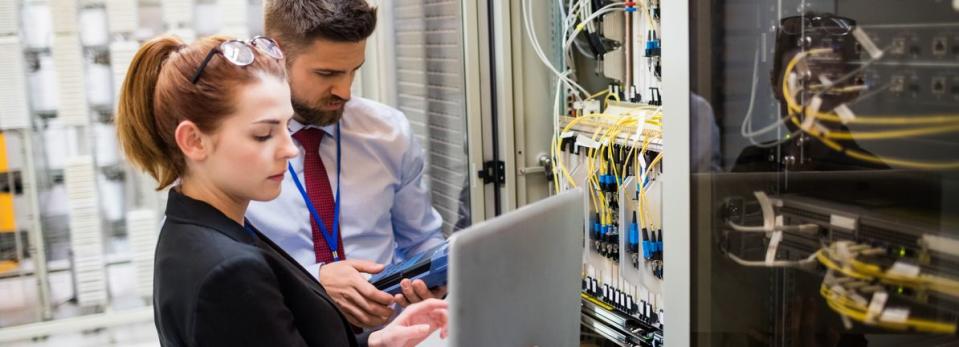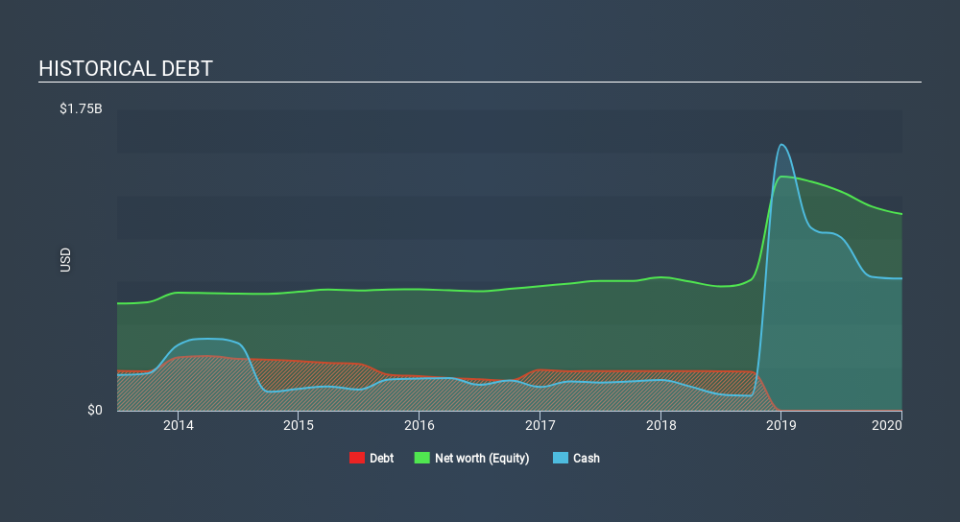We're Hopeful That LiveRamp Holdings (NYSE:RAMP) Will Use Its Cash Wisely

There's no doubt that money can be made by owning shares of unprofitable businesses. For example, although Amazon.com made losses for many years after listing, if you had bought and held the shares since 1999, you would have made a fortune. But while the successes are well known, investors should not ignore the very many unprofitable companies that simply burn through all their cash and collapse.
So, the natural question for LiveRamp Holdings (NYSE:RAMP) shareholders is whether they should be concerned by its rate of cash burn. In this report, we will consider the company's annual negative free cash flow, henceforth referring to it as the 'cash burn'. We'll start by comparing its cash burn with its cash reserves in order to calculate its cash runway.
View our latest analysis for LiveRamp Holdings
When Might LiveRamp Holdings Run Out Of Money?
A company's cash runway is calculated by dividing its cash hoard by its cash burn. As at December 2019, LiveRamp Holdings had cash of US$767m and no debt. In the last year, its cash burn was US$503m. Therefore, from December 2019 it had roughly 18 months of cash runway. Notably, analysts forecast that LiveRamp Holdings will break even (at a free cash flow level) in about 19 months. That means it doesn't have a great deal of breathing room, but it shouldn't really need more cash, considering that cash burn should be continually reducing. You can see how its cash balance has changed over time in the image below.
Is LiveRamp Holdings's Revenue Growing?
Given that LiveRamp Holdings actually had positive free cash flow last year, before burning cash this year, we'll focus on its operating revenue to get a measure of the business trajectory. It's nice to see that operating revenue was up 32% in the last year. While the past is always worth studying, it is the future that matters most of all. So you might want to take a peek at how much the company is expected to grow in the next few years.
How Easily Can LiveRamp Holdings Raise Cash?
Notwithstanding LiveRamp Holdings's revenue growth, it is still important to consider how it could raise more money, if it needs to. Issuing new shares, or taking on debt, are the most common ways for a listed company to raise more money for its business. Many companies end up issuing new shares to fund future growth. We can compare a company's cash burn to its market capitalisation to get a sense for how many new shares a company would have to issue to fund one year's operations.
LiveRamp Holdings's cash burn of US$503m is about 23% of its US$2.2b market capitalisation. That's fairly notable cash burn, so if the company had to sell shares to cover the cost of another year's operations, shareholders would suffer some costly dilution.
So, Should We Worry About LiveRamp Holdings's Cash Burn?
It may already be apparent to you that we're relatively comfortable with the way LiveRamp Holdings is burning through its cash. In particular, we think its revenue growth stands out as evidence that the company is well on top of its spending. Although its cash burn relative to its market cap does give us reason for pause, the other metrics we discussed in this article form a positive picture overall. There's no doubt that shareholders can take a lot of heart from the fact that analysts are forecasting it will reach breakeven before too long. Based on the factors mentioned in this article, we think its cash burn situation warrants some attention from shareholders, but we don't think they should be worried. Its important for readers to be cognizant of the risks that can affect the company's operations, and we've picked out 2 warning signs for LiveRamp Holdings that investors should know when investing in the stock.
Of course LiveRamp Holdings may not be the best stock to buy. So you may wish to see this free collection of companies boasting high return on equity, or this list of stocks that insiders are buying.
If you spot an error that warrants correction, please contact the editor at editorial-team@simplywallst.com. This article by Simply Wall St is general in nature. It does not constitute a recommendation to buy or sell any stock, and does not take account of your objectives, or your financial situation. Simply Wall St has no position in the stocks mentioned.
We aim to bring you long-term focused research analysis driven by fundamental data. Note that our analysis may not factor in the latest price-sensitive company announcements or qualitative material. Thank you for reading.

 Yahoo Finance
Yahoo Finance 
